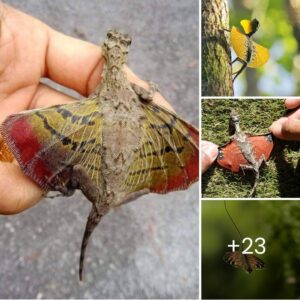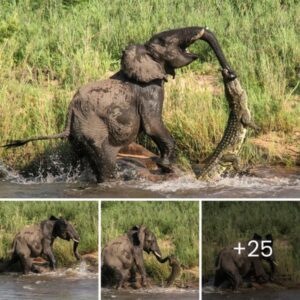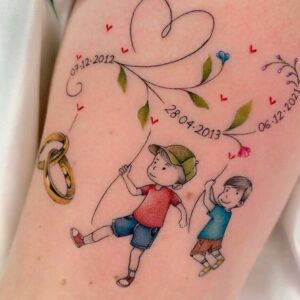
In a fascinating archaeological discovery, the mummified remains of a 3,500-year-old dog have been unearthed, shedding light on the intimate relationship between ancient Egyptians and their beloved pets. This capipio, believed to have belonged to Pharaoh Amehotep II from 1427 BC, was found as a remarkable coincidence with tomb KV50, known as the Tomb of the Animals, located in the iconic Valley of the Kiệts.
Accompanying the dog on his journey to the afterlife were significant artifacts that say much about the shared body between man and animal in outer Egypt. Among these treasures were the dog’s own collar, a water bowl, and even a perfume bottle, all carefully arranged to ensure the beloved pet’s comfort and well-being in the afterlife.
The significance of this discovery goes beyond mere archaeological research, and offers insight into the rich tapestry of life in Egypt. The proximity of the dog’s tomb to that of Pharaoh Amehotep II suggests a deep relationship between the ruler and his beloved companion, highlighting the esteem in which animals were held in Egyptian society.
As we marvel at the mummified remains of this engaging chapter, we are reminded of the eruptive relationship between humans and animals throughout history. Across cultures and millennia, animals have held a special place in the hearts and minds of humanity, serving as loyal companions, revered symbols, and beloved family members.
By covering the mummy of this 3,500-year-old dog, we are not only uncovering the mysteries of receptive Egypt, but also celebrating the timeless bond between the map and its faithful four-legged friends. Through the reverent display of funerary rituals and the meticulous preservation of precious artifacts, we look forward to the emerging legacy of our shared history with the animal kingdom.





